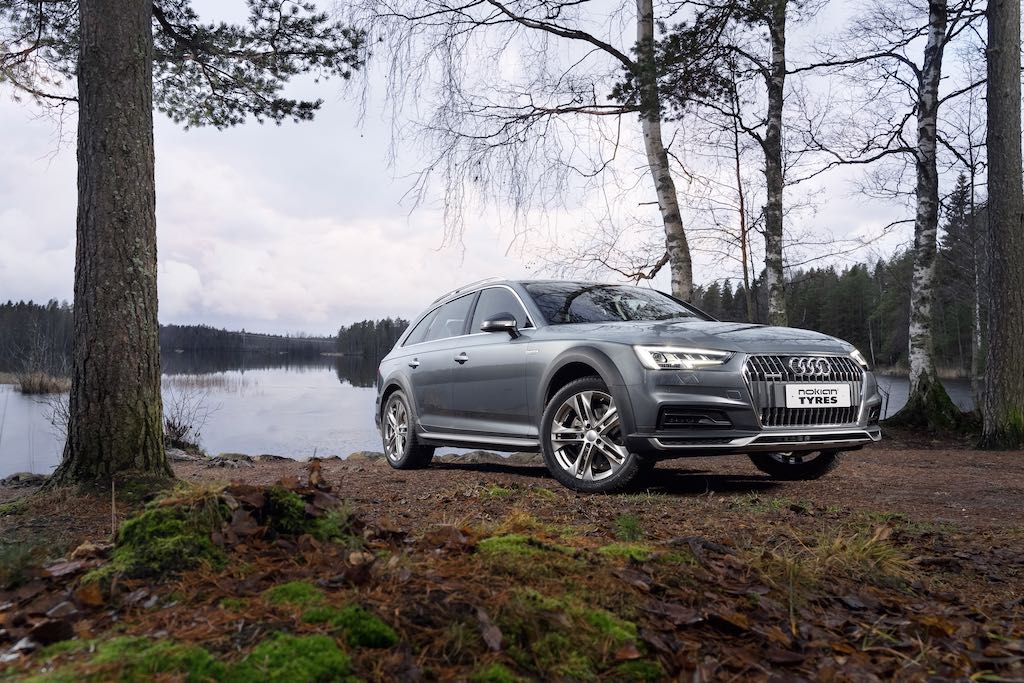Hydroplaning is very dangerous and is the cause of many accidents, especially in the summer. This is because when summer showers hit previously dry asphalt, the water can push under the tires and thereby separate the tires from the ground, causing the car to lose traction. There are, however, things that can be done to prevent this by equipping your vehicle with quality tires being the best prevention—in addition, making sure to properly inflate the tires and in keeping them in good shape by not allowing the tread to be below 4mm.
Tires in today’s market are made with many new technologies that help prevent hydroplaning. Nokian Tyres have a whole lineup of tires with many new innovations helping to disperse water from between the tires and the road. Innovations like polished lateral and inside grooves are an example of this. The “Blade Grooves” used in the Nokian WR G4 all-weather tires is another example of this. These Blade Grooves route rain, snow, and slush away from the tires. The new design of the lateral grooves allows them to store significantly more water between the road and the tires. In addition, there is an accelerated flow from the main grooves. You should note that hydroplaning can also occur with slush (melted snow). Another innovation that protects from hydroplaning is the “Coanda technology,” which are ramp-like curved tread blocks located on the inner shoulder helping to guide the water from the longitudinal grooves into the transverse grooves. Even as the tires wear down, these properties are retained. Keep in mind when replacing tires, you should always replace all four tires at once as this prevents the lower-tread tires from spinning faster than the new ones.
To prevent hydroplaning, it is essential to always have good quality tires with an adequate tread that are properly inflated. Make sure also to rotate tires and replace them if the tread is below 5/32 inches. You should always adjust your speed on wet roads as the faster you drive increases the risk hydroplaning as the tires don’t have enough time to evacuate the water. Avoid puddles and standing water, turn off cruise control, go in lower gears, avoid hard braking, don’t do sharp or quick turns. If, after all, precautions, your car still ends up hydroplaning, then you need to take your foot off the brake, steer in the same direction as you are heading, and do not under any circumstances slam on the brakes.
Both all-season tires and all-weather tires have features to protect from hydroplaning. When keeping tires well maintained, properly inflated, and replacing them with good quality tires like the Nokian Tyres line of tires before the tread goes below four millimeters, then the risk of hydroplaning is significantly reduced. It is, however, essential to stay prudent when driving in the rain. Reduce your speed, use the gears to downshift, slow down around turns and avoid standing water and puddles.
For more information regarding tires for hydroplaning, visit: https://www.nokiantires.com/
